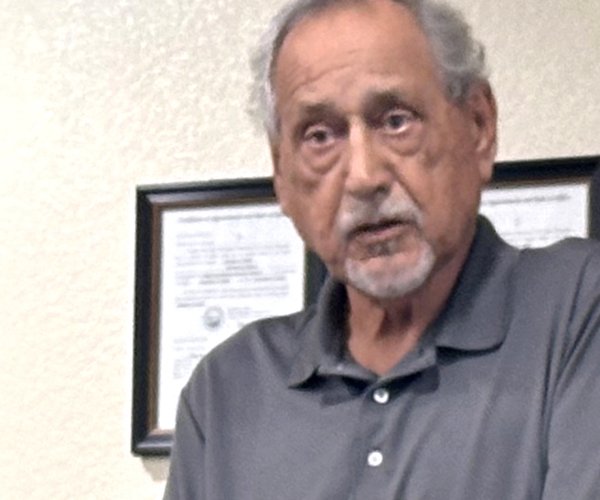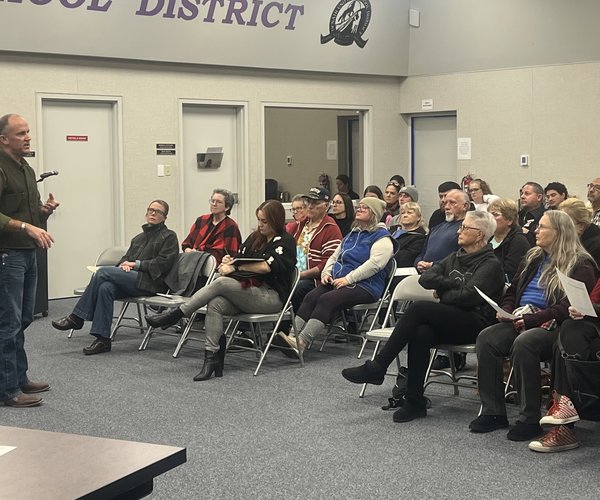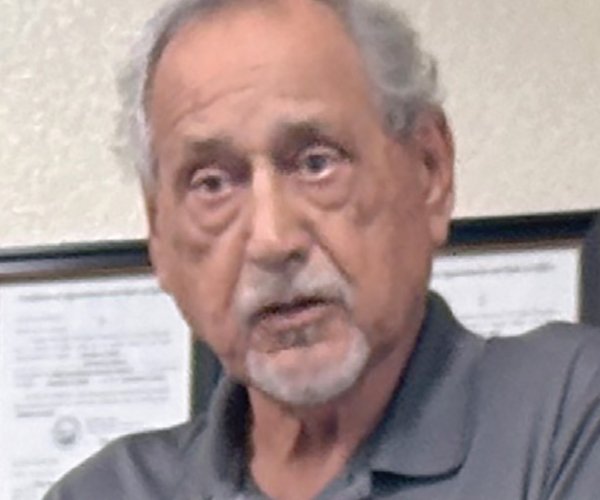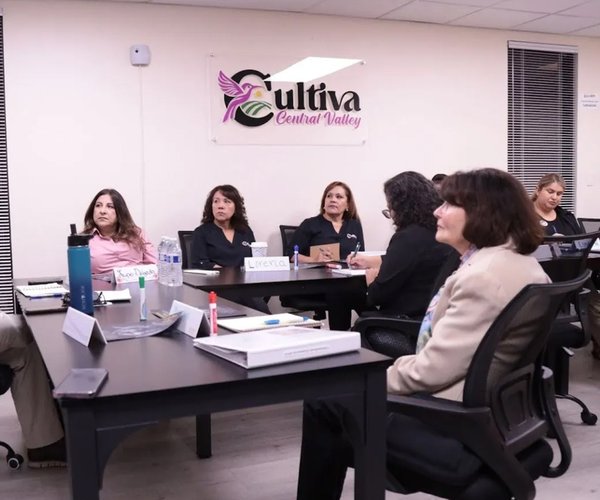The Stanislaus County Sheriff’s Department is hiring — but some members of its newest recruiting class seem a little bit suspect.
In a video of a “job fair” posted to the department’s Facebook and YouTube pages in time for the Halloween holiday, Lt. Tom Letras fielded questions from a cadre of potential recruits, some you may have seen on the Late, Late Horror Show.
For example, the Creature from the Black Lagoon touts his swimming skills and asks Letras if he needs to get certified to serve on the Sheriff’s dive team.
“Actually, yes, there are some very strict requirements,” replies Letras. “Although, I’m guessing you’ll probably be OK.”
A witch inquires about getting her broom equipped with lights and sirens.
“I’m going to have to ask the county garage about that one,” he replies.
Letras then calls on Count Dracula in the front row, who expresses interest in working in the coroner’s office — specifying the need to work the night shift.
“I don’t do so well during the day,” the count deadpans.
All the while, Michael Myers, the monster in John Carpenter’s “Halloween” films, sits silently in the back row. But let’s face it, he’s probably not going to pass the background check.
“This was actually the brainchild of Undersheriff [Micky] LaBarbera. He came up wit the idea two years ago, but with everything going on with COVID and stuff, we never made it. This is all part of a bigger picture of the Sheriff’s Department connecting with its communities. Letting people know we have a sense of humor too; we’re like everybody else,” said Letras.
Stanislaus County Sheriff Jeff Dirkse points out that the clever video serves two purposes.
“Basically, we just wanted to have a little fun with it,” said Dirkse. “We wanted to remind folks to have a fun, but safe, Halloween, while also trying to get our recruitment message out there.”





